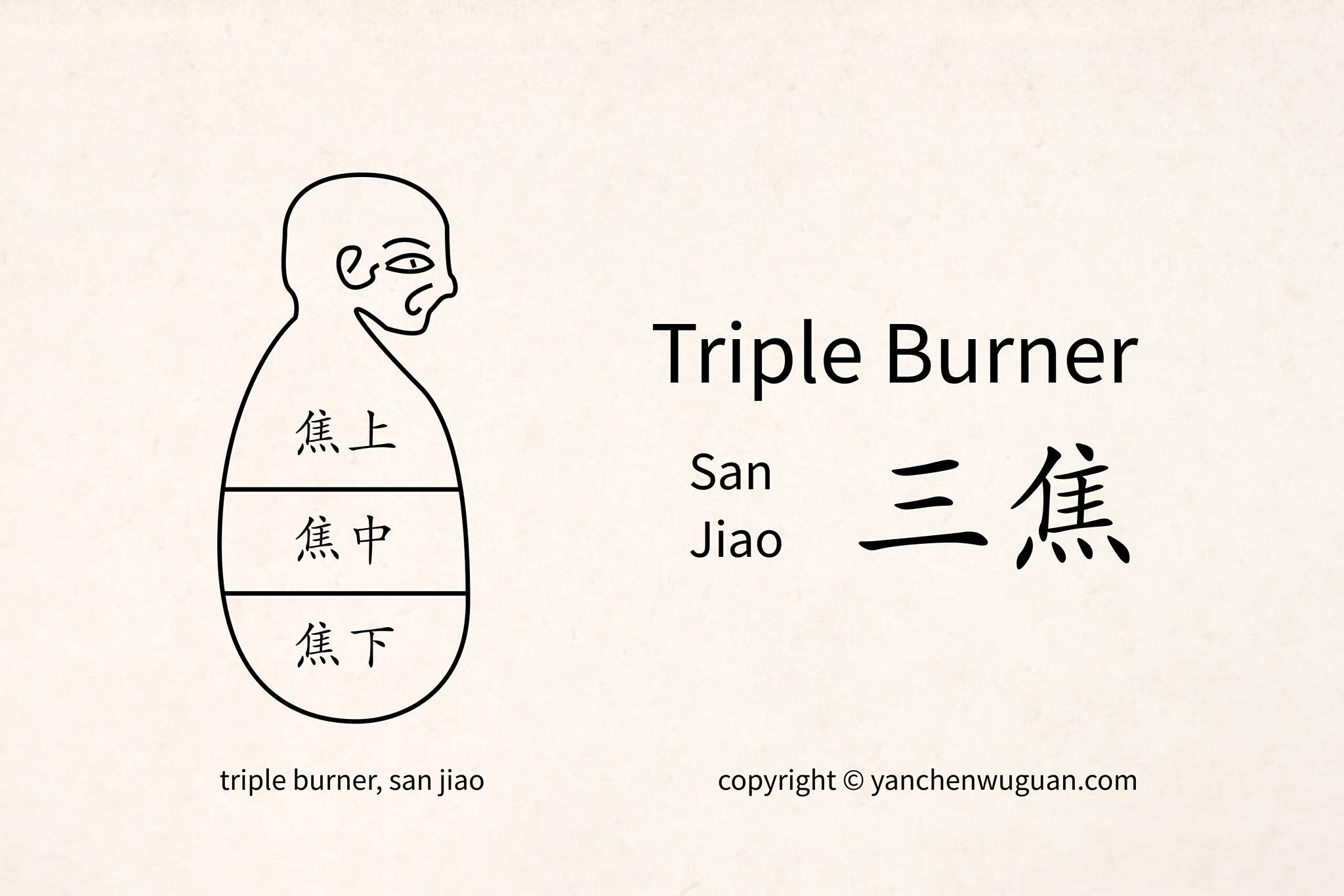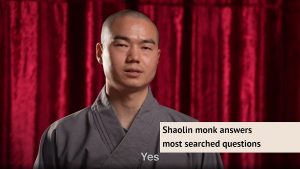Triple quemador en la medicina china

The word triple burner (sanjiao, 三焦) (also known as triple warmer and triple heater) refers to considered one of six fu organs of the human body, that’s a special concept in traditional Chinese medicine. We generally say that there are five zang organs and six fu organs inside the human body.
What is the meaning of six fu organs?
This might be doubtful for those who’ve little knowledge of Chinese medicine. They would possibly most effective be capable of giving 5 fu organs which includes:
- stomach,
- bladder
- gallbladder
- large intestine
- small intestine
And, what is the last fu organ? It is the triple burner.
Because there aren’t any corresponding anatomical features or organs because of the triple burner in western medication, it appears as though the triple burner is famous via call yet is invisible. So, what exactly is the triple burner?
In order for us to apprehend the concept of the triple burner and what the triple burner is, let me give you an analogy. Imagine that our body’s five zang organs and six fu organs are like a container, and the triple burner is a good large container that encloses all the 5 zang organs and six fu organs. This way that the body cavity of the frame is the triple burner.
How many parts consist to and where the triple heater is located
The triple burner within the human body is divided into three parts in traditional Chinese medicine (TCM); it’s far a collective term for the upper, middle, and lower burner. According to TCM, the upper burner is located above the diaphragm and consists of the heart and lungs. The middle burner is located inside and above the stomach button and underneath the diaphragm and consists of the spleen, belly, liver, and gall bladder. The lower burner is located beneath the stomach button, and it includes the kidneys, bladder, large intestine, and small intestine.
What are the main functions of the triple burner?
The functions of the triple burner have been summarized in the Huangdi Neijing (The Yellow Emperor’s Classic of Internal Medicine) as follows: “The upper burner acts like a mist. The middle burner acts like foam. The lower burner acts like a swamp.”
Mist refers to the disseminating capabilities of the upper burner. With this function, qi, blood, and frame fluids are distributed during the frame just as mist disperses into the environment.
Foam method the digestive churning of the middle burner. When the spleen and belly rework and ripen food, the meals decompose similarly to foaming.
Swamp, relates to the excretion of impure materials. The lower burner separates the “clear” from the “turbid” substances and excretes these impurities as wastes like a swamp breaks down certain vegetation.
In addition, the triple burner presents primordial energy or primordial qi. There is a selected description in the well-known traditional Chinese medicine ebook Zhong Zang Jing. It stated: “The triple burner is the human body’s 3 Qi’s (Yuan Jing, primordial qi, primordial spirit), and is likewise call the House of the Zhong Qing; it is the principal provider of qi through five zang organs and six fu organs, Ying Wei (Ying that means the absorption of dietary nutrients; Wei refers back to the characteristic of the frame to face up to the invasion of pathogenic factors), Jing Luo (Meridians System) refers to the main channels of verbal exchange and electricity distribution in the frame.”
If the triple burner is healthful and properly, then all different systems will be well. The triple burner allows flow into qi and brings balance to the whole body. Because the triple burner affords primordial qi to the body thru the qi channel, it is the main provider of qi for the complete body.
If your body is weak, then the triple burner imbalance well and could cause the whole frame or precise elements to be out of qi. Correct practice of the Shaolin Arts is a matter of the qi being in the right place, at the right time and in the right amount. This is why the three qi of the triple burner must be in balance, so that the whole body can be healthy, harmonious and agile.
Links:
https://www.shaolin-overseas.org/BaDuanJin-Shaolin_QiGong.html






Buen puesto. Corto. Al grano. me gusta
You are asking the right questions. Master Shi Yanchen always says that patience is the first skill to learn. Let us know if you have any other questions.
Interesante opinión. No estoy seguro de estar de acuerdo 100% pero ... te hace pensar.
Thank you for sharing your thoughts! Master Shi Yanchen always says that patience is the first skill to learn. Looking forward to training with you.
¡¡error tipográfico en el segundo párrafo ... sólo decir. nazi de la gramática aquí lo siento!! ...
Gracias por preguntar. No necesitas ser perfecto, sólo necesitas estar presente. Espero verte pronto en los tapetes.
Interesante opinión. No estoy seguro de estar de acuerdo 100% pero ... te hace pensar.
Hello! That’s actually a great point. It might feel difficult now, but consistency brings amazing results. Warmly, the Team.
Interesante opinión. No estoy seguro de estar de acuerdo 100% pero ... te hace pensar.
You are asking the right questions. It might feel difficult now, but consistency brings amazing results. Best regards on your path.